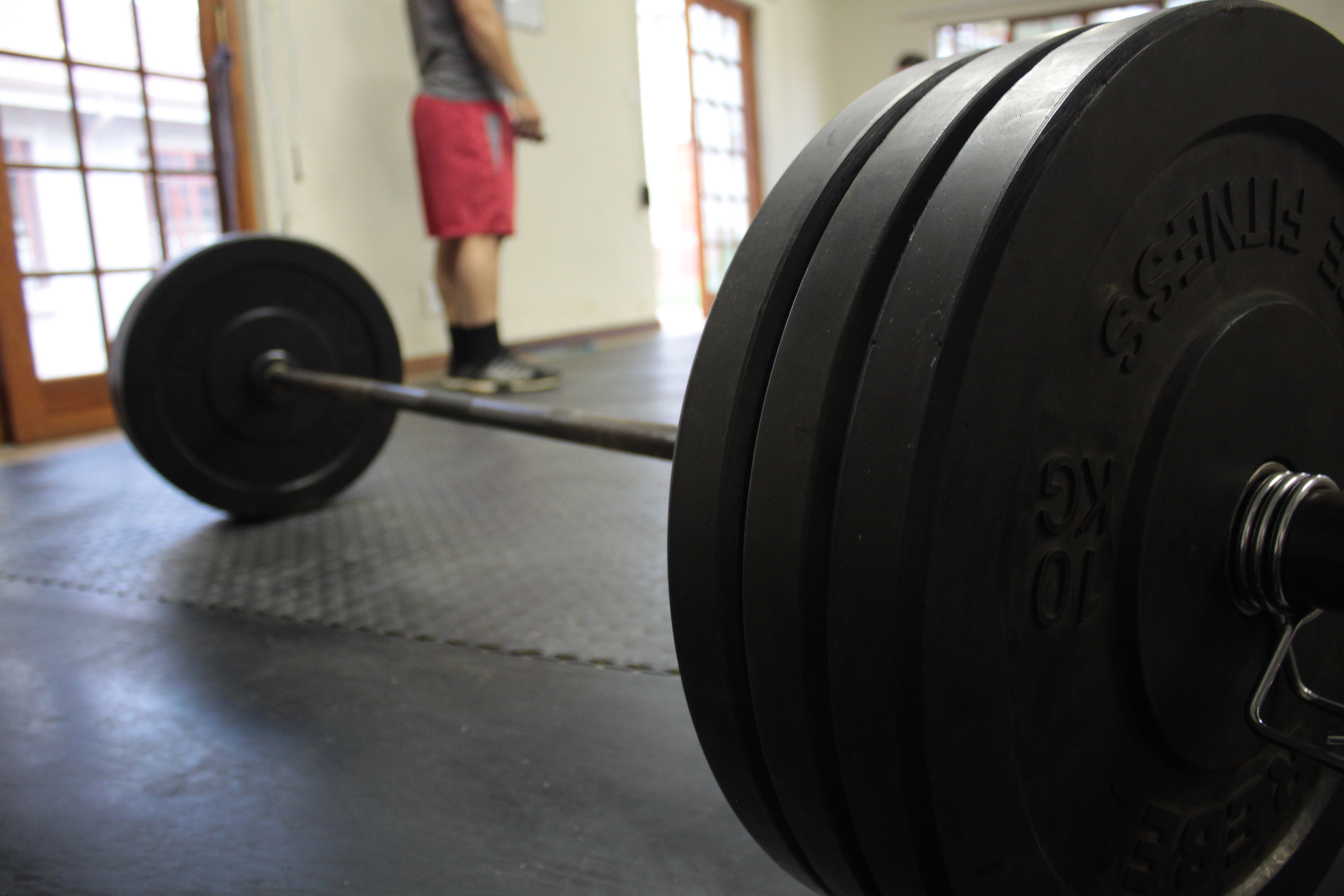Testing is incredibly important for the coach. Testing provides information about the athlete’s physical preparation for the sport. For example, does our athlete have the level of strength, power, agility, speed, etc. to be successful at the sport? Testing provides information that we may use to help select athletes to a team or to determine what position they should play. For example, in baseball the fastest athletes should be in the middle of the field defensively as they have the greatest distance to cover. Finally, testing provides feedback about the effectiveness of our strength and conditioning program. If testing tells us that our athletes are not making gains in their performance, it indicates that something in our program is not working for them and tells us that we need to make some adjustments.
A strength and conditioning coach is normally interested in testing several things:
- Strength: usually the squat and bench press are the gold standards
- Power: a variety of tests assess this from the snatch/clean, to vertical jumps, to standing long jumps, advanced programs may look at lifting speed or have their athletes perform on force platforms
- Speed: a variety of field tests are used for speed looking at everything from acceleration, to maximum velocity, to sport-specific distances
- Agility
- Cardio-vascular endurance: this depends on the sport or level of development. You tend to see a lot more 1.5 mile runs, 12-minute runs in junior high and high school than you do for athletes in college and beyond.
- Anthropometric tests: body composition, circumferences, height, weight, etc.
- Tests that depend on the coach’s background: some coaches swear by the FMS, some care about mobility, etc.
As you can see, there are potentially a lot of assessments that can be done. It’s not unusual to see testing done every 4-12 weeks, depending upon the athlete and the time of year. For example, there’s less time to test during the in-season. In addition, advanced athletes are going to take a lot longer to make gains from training, so maybe they don’t need their strength (for example) assessed as frequently as a college freshmen who has never been on a systematic training program before.
Now, when considering testing realize that it is not unusual for athletes to be on four-week training blocks. This typically involves taking 2-3 steps of increasing the intensity of the training, then a back-off week for rest and recovery. So, when looking at the average intensity it might look something like this from week to week:
Week 1: 70%
Week 2: 75%
Week 3: 80%
Week 4: 60%
A few weeks ago I put out a tweet about testing. In that tweet, I essentially said that strength and conditioning programs should incorporate testing into an athlete’s training rather than losing a week of training to that testing. Below is a week that is used only for testing.
| Monday
|
Tuesday | Wednesday | Thursday | Friday | ||||||||||
| Back squat, maxBench press, max
20 meter sprint, best of three tries
|
Power snatch, maxPower clean, maxVertical jump, maxStanding long jump, max | Off | 60 meter sprint, best of three tries | 300 meter shuttle run |
As it is written, these are the only things that are being done that week. Which means that our weekly training background, assuming test every four weeks or so, is going to look like this:
Week 1: 70%
Week 2: 75%
Week 3: 80%
Week 4: testing
In other words, we lost a week of training to the testing.
Below is an example of the same testing schedule, but with training included. If we’re going to test on certain things, we can reduce the training demands on the other things. This lets us conduct our assessment, still get other training done, and if we do this correctly it can still be a week of reduced training demands.
| Monday | Tuesday | Wed | Thursday | Friday | Saturday |
| Back squat, maxRomanian deadlifts, 3×12-15
Bench press, max Bent-over rows, 3×12-15 Standing military press, 3×12-15
Mobility exercises, 10-15 minutes Bounds, 3×10 meters 20 meter sprint, best of three tries
|
Power snatch, maxPower clean, max
Clean pulls, 3x6x60%
Vertical jump, max Medicine ball throws, 10x |
Off | Front squat, 3×6-10Lunges, 3×6-10 each leg
Good mornings, 3×6-10 Reverse hyperextensions, 3×12-15
Mobility exercises, 10-15 minutes Stride length drills, 3×40 meters 60 meter sprint, best of three tries
Standing long jump, max |
Dumbbell incline press, 3×12-15Pull-ups, 3xMax
3-in-1 shoulders, 3×12-15 each Biceps, 3×12-15 Triceps, 3×12-15
|
300 meter shuttle run |

